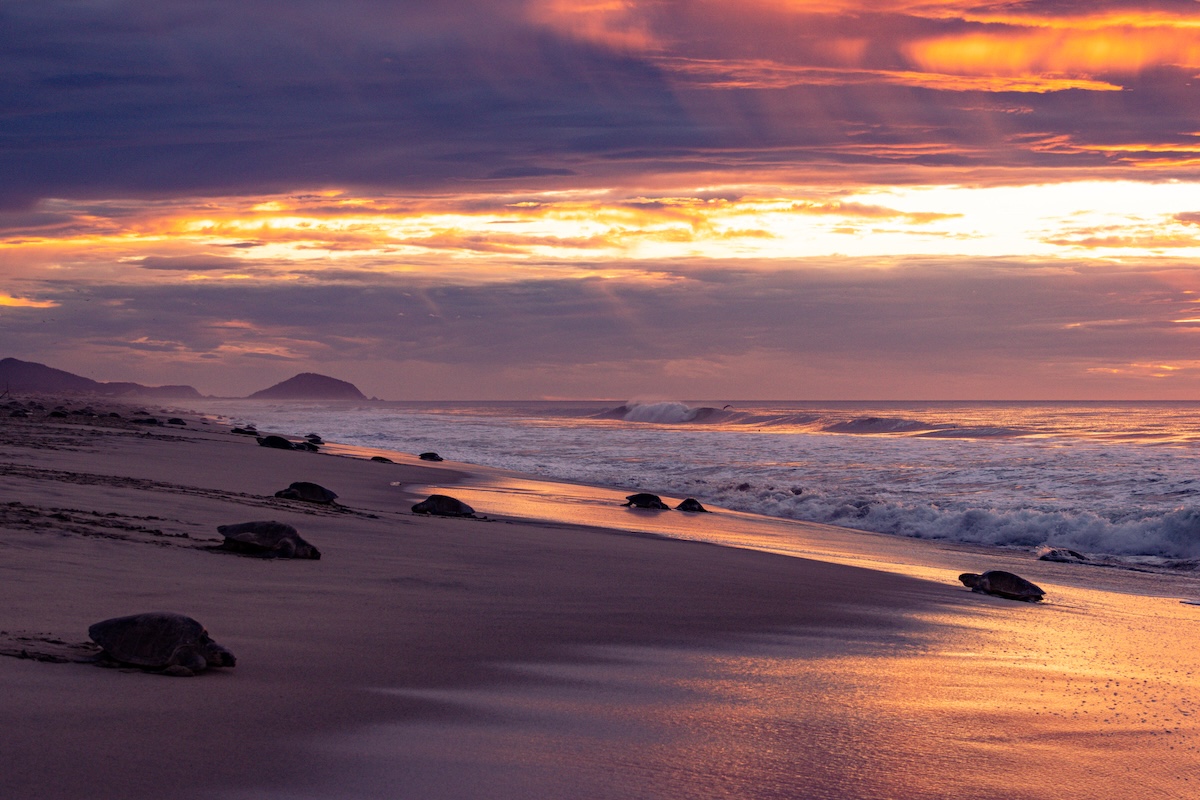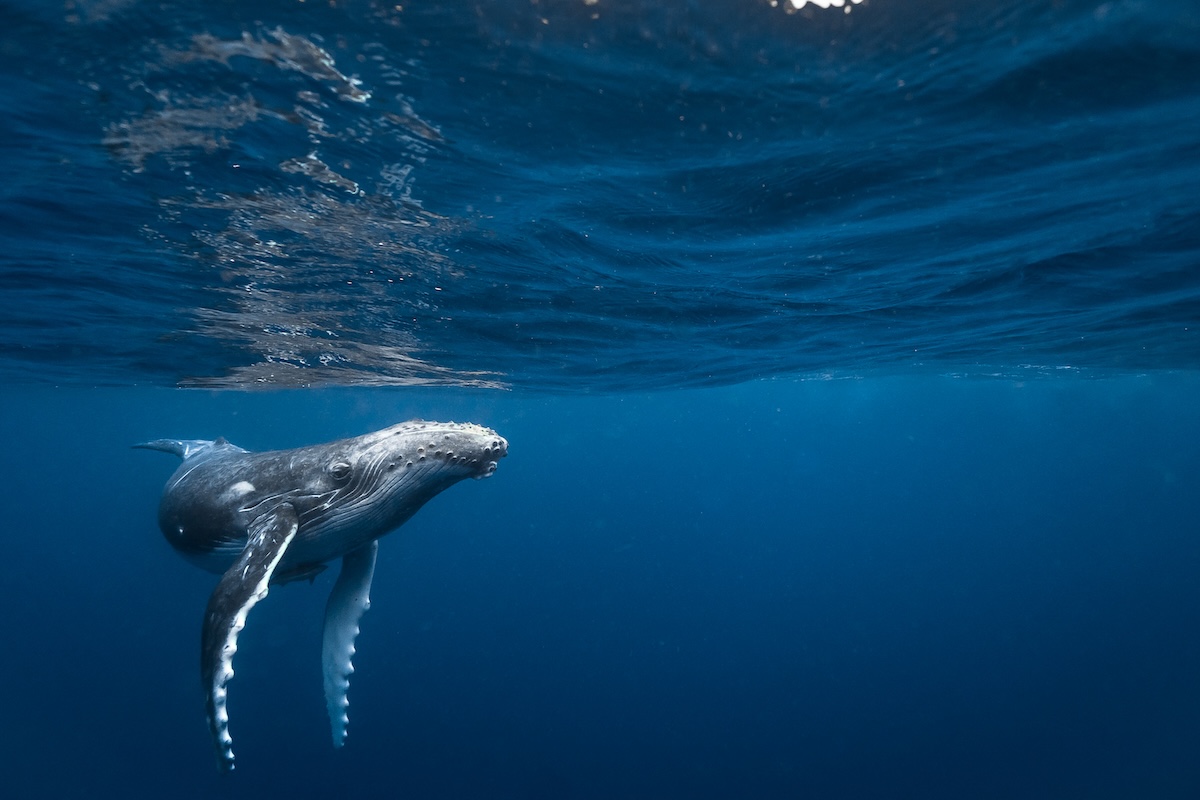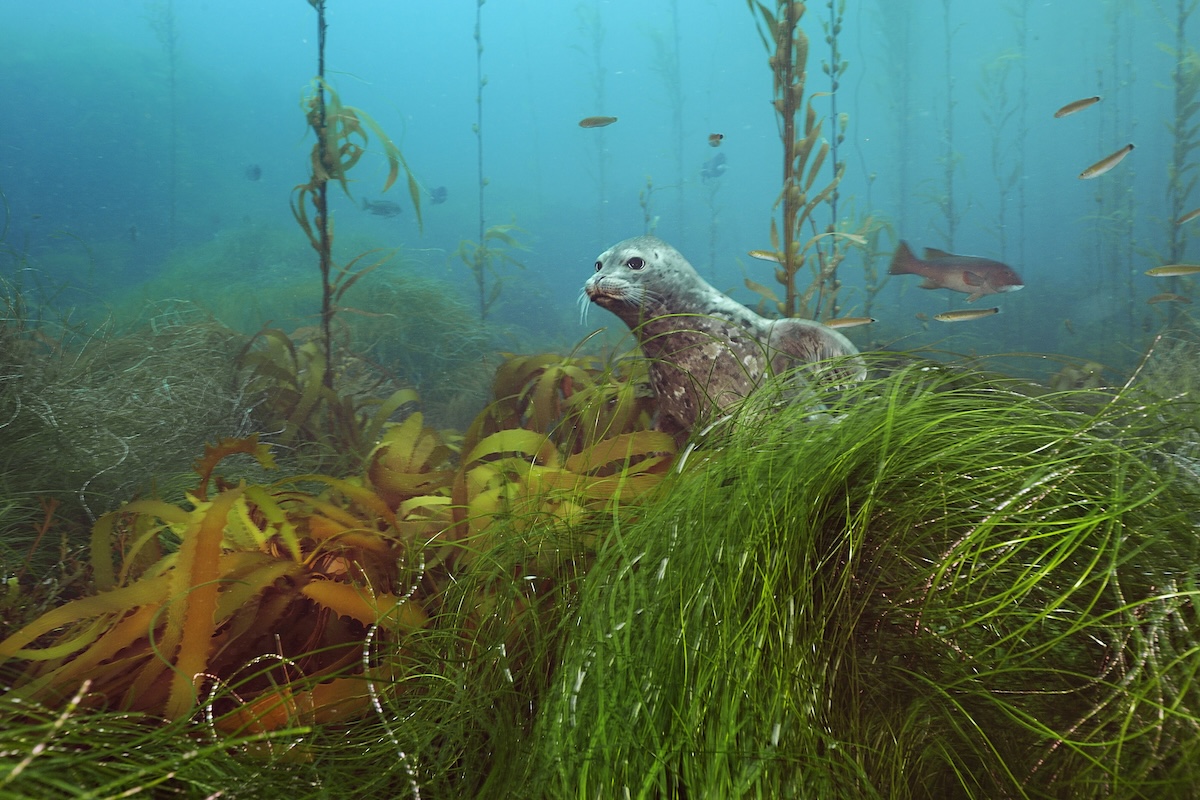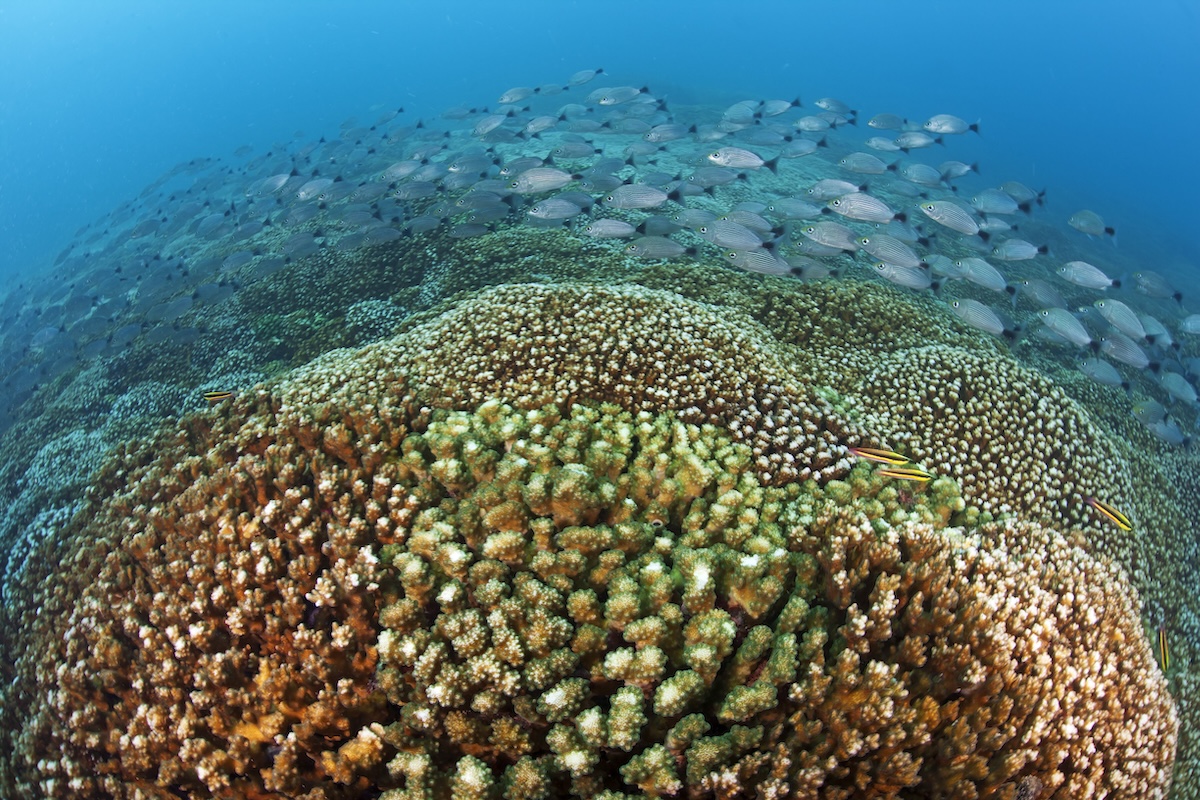Partner content | Feature photo by Daina Buchner
Back in 2000 when I co-founded WILDCOAST with Dr. Wallace “J.” Nichols, we had flip phones, make-shift business cards, a few surfboards, rusty 4x4s, and a burning desire to help protect our threatened coastlines and imperiled ocean wildlife. We had spent the 1990s deep in the field in Baja carrying out our doctoral dissertations on gray whales (me) and sea turtles (J.), and what we saw happening did not bode well for our coast and ocean.
Those years living off the grid with fishing communities in Baja’s remote desert provided the depth of experience and needed perspective to develop a conservation team to act quickly to preserve the amazing places and animals that we could see were on the verge of extinction.

Our very first efforts focused on two urgent battles: protecting Laguna San Ignacio, a gray whale lagoon in Baja California that was threatened by a proposed 500,000-acre Mitsubishi salt plant project; and stopping the slaughter of Eastern Pacific green sea turtles (also known as black sea turtles) along Mexico’s northwest Pacific coast.
Mitsubishi had plans to steamroll what was one of the world’s first whale reserves and a UNESCO World Heritage site, home to gray whales, nearly extinct Peninsula pronghorn, and thousands of fishers and their families who made a good living from sustainably harvesting lobster and abalone and whalewatching. Black sea turtles were targeted for their oil-laden meat. More than 30,000 a year were being taken out of the seagrass-laden lagoons in Baja and the Gulf of California by poachers where they spent the winters, to feed an insatiable demand for their meat in Mazatlan, La Paz, Los Cabos, Tijuana, Ensenada, and even San Diego.

In order to protect a pristine whale lagoon and imperiled sea turtles, we partnered with like-minded organizations, rallied local communities, leveraged celebrity voices, earned a lot of global media attention, and helped to create movements that resulted in then Mexican President Ernesto Zedillo canceling the salt project. We slowly but surely got the Mexican government and wildlife agencies to crack down on the black market trade in endangered black turtles and turned local communities in Baja who loved to eat sea turtles, into champions for saving them.
These early victories became the foundation for everything that followed, proof that with passion, persistence, and community, real change was possible.

Now, 25 years later, I can’t believe how far WILDCOAST has come. From that grassroots beginning, we’ve grown into a 28-person, boots-on-the-ground conservation team working in the U.S. and Latin America that’s helped conserve over 38 million acres of globally important coastlines, ocean ecosystems and islands.
From Baja’s gray whale lagoons and wildest coastline to Oaxaca’s sea turtle nesting beaches, California’s underwater parks and wetlands, and Colombia’s coral reefs, our team has been relentless in safeguarding our wild blue spaces and addressing climate change through natural solutions.
I’m especially proud of our work in Baja California, where we protected 50 miles of pristine coastline, the largest private coastal preserve in North America. We also helped to permanently conserve 484 miles of shoreline and 450,000 acres around Laguna San Ignacio. In California, we were part of a statewide coalition that helped to establish over 500,000 acres of our ocean wilderness as marine protected areas so that leopard sharks, blue whales, harbor seals, and sea otters can thrive along our golden shore.

This year, that impact feels especially tangible. We established a 25,000-acre Indigenous Coastal Reserve in Oaxaca, preserving rainforest, a mangrove lagoon, and sea turtle nesting habitat. We even discovered a large population of endangered tropical felines such as ocelots and jaguarundi that inhabit the coastal rainforest we are protecting.
We also launched a new project to protect and revive the Pacific leatherback on Mexico’s Southern Pacific beaches, one of the most endangered species of marine turtles in the world. And we are supporting women-led cooperatives throughout Mexico that are planting mangroves in order to protect their coastal communities against deadly hurricanes and sea level rise, and also help to naturally store carbon and help fight climate change.

As the climate crisis accelerates and we lose more of our wild spaces, preserving ecosystems and wildlife that provide us with deep beauty and meaning is non-negotiable. Our work at WILDCOAST is proof that you can protect them, regenerate them, and build lasting resilience for people and nature alike.
Twenty-five years in, we’re just getting started. Join us.

Dedicated to the memory of Wallace J. Nichols.

